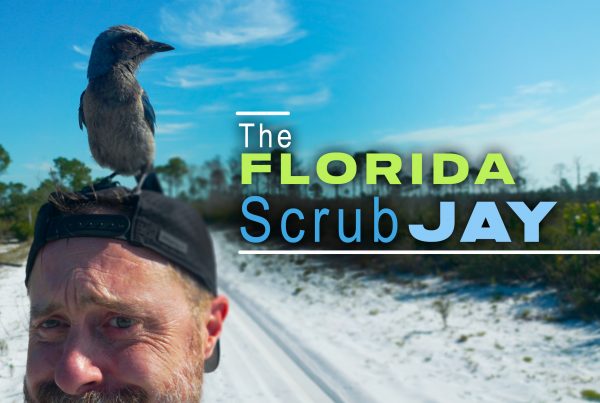Cuba’s Jardines de la Reina might just be the most pristine and wild places left in the Caribbean.
The Gardens of the Queen reminds me of what the barrier reefs of the Florida Keys used to look like when I was a kid. Since then, South Florida has become both the dive capitol of the world, and the sport-fishing capitol of the world. On the other hand, the Gardens of the Queen are incredibly remote and only visited by about 1500 people each year.
Do you think there is any connection between human pressure and the health of coral reef habitats?
Cuba’s Gardens of the Queen
90 miles South of Key West stretches a country that seems worlds apart. Cuba: The largest island in the Caribbean. But for all of the things that separate South Florida from our neighbor, we are bound together by the winds and the tides.
Cuba’s tumultuous history is written on its countryside. While portions of the island’s remarkable landscape remain intact, its population of more than 11 million people need to be fed. Today an enormous percentage of the land has been plowed and cultivated. As in South Florida, water management and irrigation practices have impacted many of its important estuaries and coastal areas.
But several miles off of Cuba’s southern coast rests the crown jewel of the Caribbean. This is “Jardines de la Reina,” the “Gardens of the Queen.” Named by Christopher Columbus in honor of the Queen of Spain, this isolated archipelago is one of Cuba’s largest protected areas.
The Gardens of the Queen is exactly how the name suggests. The islands, lush with mangroves and palm trees, attract migratory birds and endemic species like the Cuban black hawk. Cuban iguanas lounge in the sun as well as a rare species of hutia. Aside from rain and dew, there is no fresh water on these islands and this rodent has adapted to survive with little. Not surprisingly, a tourist’s bottle of spring water is a welcome treat.
The real gardens, however, grow below the water’s surface. In the clear shallows, expanses of turtle grass carpet the seafloor. These healthy seagrass beds are critical to numerous species of fish and invertebrates that are born, feed on, and hide between the waving blades. The American crocodile stalks these meadows and mangroves. With plenty of food, and sandy beaches ideal for nesting, crocs are doing quite well here.
Farther out to sea we find the colorful gardens of corals for which this area is famous. The landscape bristles with soft corals that dance in the current. Hard corals are the all-important reef builders, and a stunning variety of species are found here. Acropora palmata, or “Elkhorn” coral was once common in Florida waters. Blighted by coral bleaching and battered by storms and careless divers, it is now incredibly rare. In Jardines it thrives.
As remarkable as the number of healthy corals, are the healthy schools of sharks. This should not be a surprise. Sharks can be an indicator of the overall health of a coral reef ecosystem. In Jardines they are ever present. They perform the role of population controllers. Certain species of reef fish, like parrotfish, are important but not in large numbers. Parrotfish graze on algae that covers the bare coral, which is a good thing. Occasionally, however, they nip off living coral polyps. Without large predators like sharks and groupers parrotfish can overpopulate, putting too much pressure on the living coral. It takes plenty of sharks to maintain this balance.
Plenty of sharks means exciting scuba diving, making Jardines de la Reina one of the world’s premier diving destinations. Caribbean reef sharks are curious and seem to be everywhere but a box of chum brings them in like a dinner bell.
These sharks may prove to be the best line of defense against an infamous invader: The lionfish. This invasive Pacific species has a huge appetite and has exploded in most other parts of the Caribbean.Despite their venomous spines, however, the sharks and groupers of Jardines gobble them up.
Eco tourism is an important part of the success story. Divers and anglers are few but pay a premium price to come here. The money that is spent is a crucial influx of funds to help manage and patrol this enormous marine reserve. Recreational fishing here is catch and release only and aside from a couple of government fishing vessels, commercial fishing is banned. Jardines de la Reina is a reminder of what the Caribbean used to be. Vibrant, unspoiled, it exists in this way because it is so remote, barely touched by the heavy hand of man.
Even still, the life that thrives here knows nothing about political boundaries or lines on a map. Birds soar, fish swim where they please and corals spawn letting their larvae travel wherever the currents take them. Jardines de la Reina is a long boat ride from South Florida, but we share the same waters. It’s one small piece in a big puzzle. But perhaps we can use the Gardens of the Queen as an example of how to manage our own marine treasures and maybe, we can put the rest of the puzzle back together.




